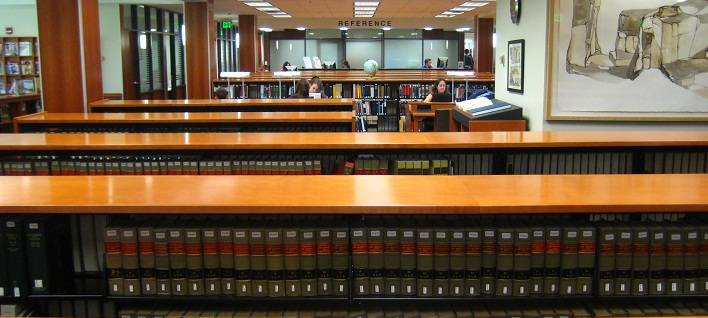Validation of Unsteady Thermodynamic CFD Simulations of Aircraft Wing Anti- Icing Operation
Pages : 475-479, DOI:http://Dx.Doi.Org/10.14741/Ijcet/Spl.2.2014.88
Download PDF
Abstract
In-flight icing is a major concern in aircraft safety and a non-negligible source of incidents and accidents, and is still a serious hazard today. It remains consequently a design and certification challenge for aircraft manufacturers. The aerodynamic performance of an aircraft can indeed degrade rapidly when flying in icing conditions, leading to incidents or accidents. In-flight icing occurs when an aircraft passes through clouds containing super cooled water droplets at or below freezing temperature. Droplets impinge on its exposed surfaces and freeze, causing roughness and shape changes that increase drag, decrease lift and reduce the stall angle of attack, eventually inducing flow separation and stall. This hazardous ice accretion is prevented by the use of dedicated anti-icing systems, among which hot-air-types are the most common for turbofan aircraft. A three-dimensional unsteady thermodynamic simulation model is used to describe the dynamic response of an aircraft wing anti-icing system. This computational fluid dynamics based model involves a complete wing segment including thermal anti-icing bay inside the leading edge. The unsteady, integrated internal/external thermal flow simulation is presented with heat conductivity through the solid skin in a fine mesh. The calculated skin temperature results are satisfactory in their good match with flight test data. The presented research work indicates a strong potential of using computational fluid dynamics in dynamic wing anti-icing system model development and validation.
Keywords: Anti-Icing, Unsteady Simulations, Thermal Analysis, Aircraft wing anti-icing system (WICS).
Article published in International Conference on Advances in Mechanical Sciences 2014, Special Issue-2 (Feb 2014)



















 MECHPGCON, MIT College of Engineering, Pune, India
MECHPGCON, MIT College of Engineering, Pune, India AMET, MIT College of Engineering, Pune, India
AMET, MIT College of Engineering, Pune, India International Conference on Advances in Mechanical Sciences
International Conference on Advances in Mechanical Sciences  International Symposium on Engineering and Technology
International Symposium on Engineering and Technology International Conference on Women in Science and Engineering
International Conference on Women in Science and Engineering




